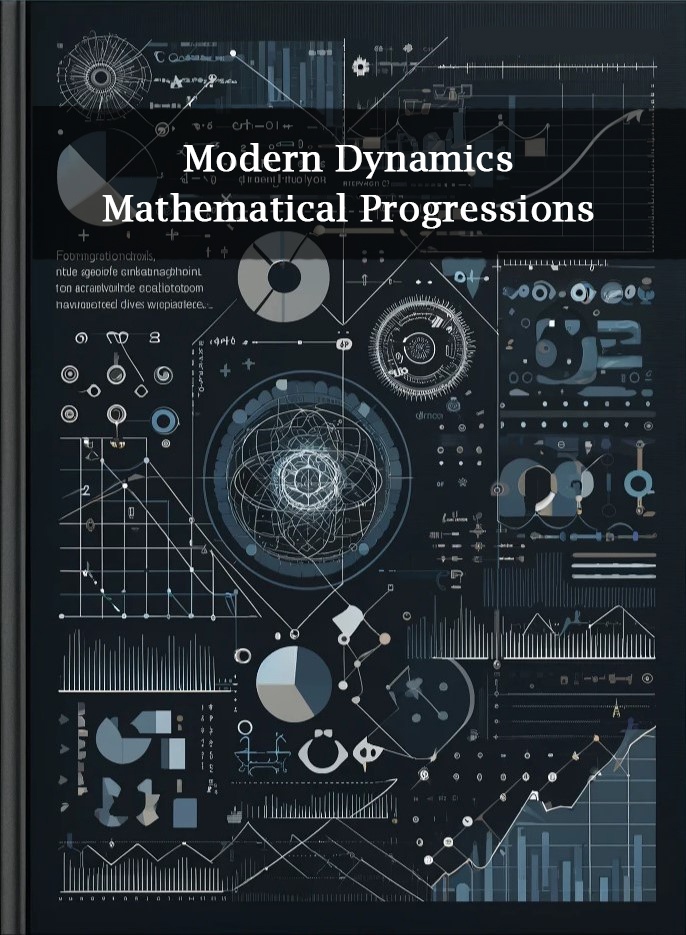Fractional Calculus: A Modern Tool for Modeling Complex Systems
Keywords:
Fractional Calculus, Fractional Derivatives, Fractional Integrals, Complex Systems, Anomalous DiffusionAbstract
An extension of classical calculus, fractional calculus has recently become a potent tool for the modelling of non-locality and memory effects complicated systems, which are common in both natural and artificial systems. In contrast to classical calculus, which is limited to integrals and derivatives of integer order, fractional calculus provides a more generalised and flexible framework for analysing dynamic behaviours by allowing integrals and derivatives of arbitrary (non-integer) order. how fractional calculus has evolved and what it can do in the realm of complex system modelling, especially in the scientific, mathematical, and economic domains. the theory behind integrals and fractional derivatives, demonstrating how these tools can capture anomalous diffusion, system memory effects, and long-range interactions that are hard to represent using more conventional methods. ways to represent viscoelastic materials, heat transmission, electrical circuits, and market dynamics using fractional differential equations, and the real-world issues that these methods solve. Further, we discuss the difficulties of fractional calculus, such as its computational complexity and numerical solutions, and we offer suggestions for where the field may go from here in terms of future studies to improve its theoretical and practical applications. The power and flexibility of fractional calculus to improve our comprehension and representation of complicated events are demonstrated by this all-encompassing review.
References
Caputo, M., & Mainardi, F. (1971). Linear Models of Dissipation with a Frequency-Independent Power Law in the Relaxation-Function. Geophysical Journal International, 13(3), 331-340.
Baleanu, D., & Machado, J. A. T. (2012). Fractional Calculus: Models and Applications. Elsevier.
Zhou, W., & Liu, H. (2017). Numerical Solutions of Fractional Differential Equations: Methods and Applications. Springer.
Diethelm, K. (2010). The Analysis of Fractional Differential Equations: An Introduction. Springer.
Chen, W. P., & Li, L. (2017). Numerical Methods for Fractional Calculus: Applications to Solving Fractional Differential Equations. Wiley.
Meerschaert, M. M., & Sikorskii, A. (2012). Stochastic Models for Fractional Calculus. CRC Press.
Mainardi, F. (2010). Fractional Calculus and Waves in Linear Viscoelasticity: An Introduction to Mathematical Models. World Scientific.
Podlubny, I., & Fukasawa, M. (2002). Fractional-Order Models and Control Systems: Theory and Applications. Proceedings of the 2002 International Symposium on Fractional Calculus, 73-80.
Gorenflo, R., & Mainardi, F. (2007). Fractional Calculus: Integral and Differential Equations of Fractional Order. Springer.
Fournier, J. D., & Malek, F. (2015). Fractional Differential Equations and Their Applications in Engineering. Elsevier.
López, L., & Mainardi, F. (2019). Fractional Models for Complex Systems: Mathematical and Computational Methods. Springer.
Herrmann, R. (2014). Fractional Calculus: An Introduction for Physicists. World Scientific.
Downloads
Published
How to Cite
Issue
Section
License
Copyright (c) 2025 Modern Dynamics: Mathematical Progressions

This work is licensed under a Creative Commons Attribution-NonCommercial 4.0 International License.
This license requires that re-users give credit to the creator. It allows re-users to distribute, remix, adapt, and build upon the material in any medium or format, for noncommercial purposes only.
